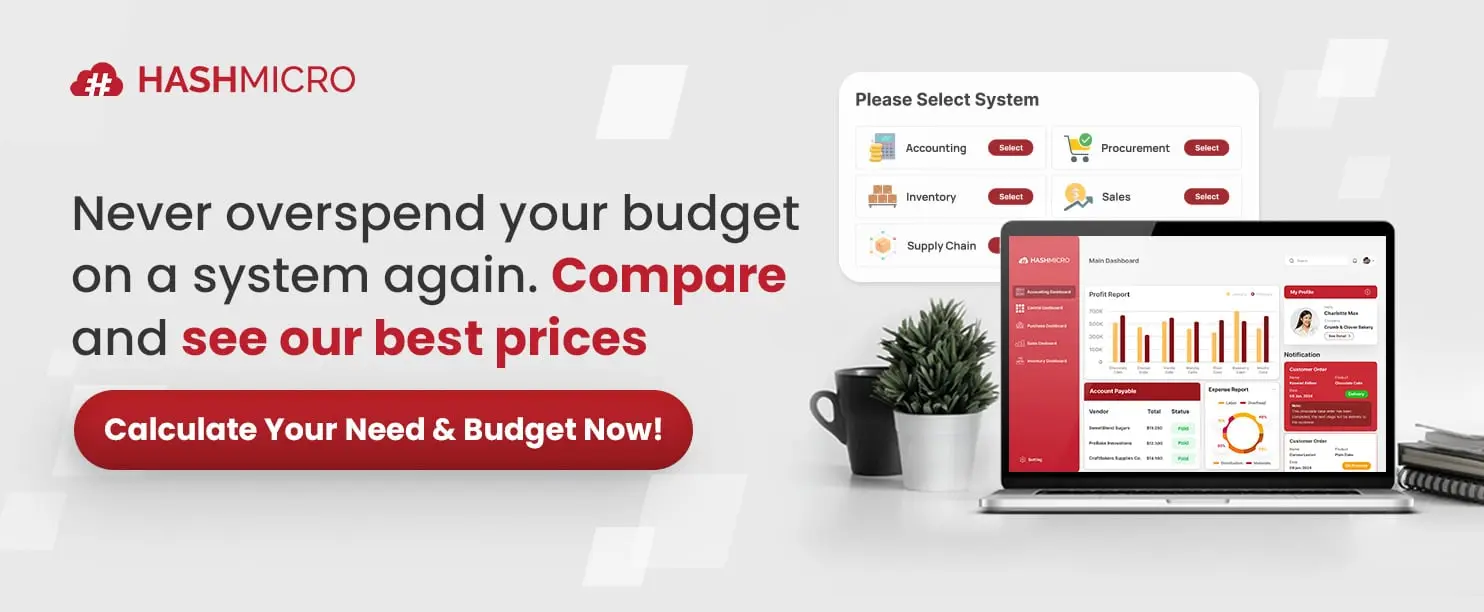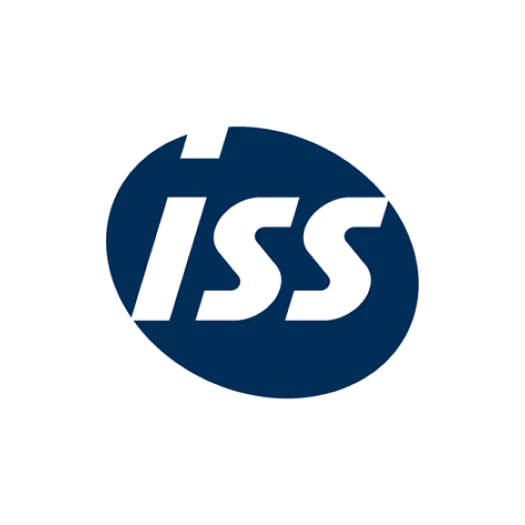Traditional data warehouses were built for a different era: one where data moved slower and came from fewer places. They still sit in server rooms, processing limited information while companies handle petabytes across cloud apps, sensors, and transactions.
A cloud data warehouse removes physical limits, scales instantly, and keeps all business data unified and ready for analysis. As we all know, turning complex information into real, usable insight is challenging. Thus, the cloud will compile the information into one piece.
This article explains how a cloud data warehouse works, what sets it apart from traditional systems, and why more Malaysian companies are adopting it to unlock faster, smarter decision-making across every department.
Key Takeaways
|
What is a Cloud Data Warehouse?
A cloud data warehouse is a centralized system that stores structured and semi-structured data on cloud infrastructure. It serves as the core of a business analytics environment and supports large-scale data processing. This setup offers better scalability, faster access, and easier deployment.
A cloud data warehouse also handles complex analytical tasks by gathering information from databases, apps, and external sources in one place. This unified approach helps companies gain clear insights and make smarter decisions. It enables faster responses to changing business needs.
Traditional Data Warehouse vs Cloud Data Warehouse
Traditional on-premise data warehouses cannot match the speed or flexibility that modern businesses need. They cost a lot to scale, require heavy maintenance, and fail to process complex or unstructured data efficiently.
Built on outdated 1990s frameworks, these systems struggle to support today’s larger user bases, higher data volumes, and faster analytical demands.
A shift to the cloud gives organizations more control and efficiency. They can set up data warehouses faster, cut IT expenses, and adapt their data strategies as needs evolve.
The cloud also solves major challenges such as scalability, elasticity, data diversity, latency, and siloed information. With integrated data management, it strengthens both security and governance while supporting a more modern approach to analytics.
What are the benefits of a cloud data warehouse?
A cloud data warehouse offers several advantages that help businesses manage growing data demands and make faster, more confident decisions. Unlike traditional on-premise systems with fixed capacity and heavy maintenance needs, cloud-based platforms provide agility, efficiency, and long-term scalability.
1. Faster and more accurate insights
A cloud data warehouse delivers high computing power that processes information from many sources in real time. This allows teams to access dashboards, reports, and analytics much faster than with physical servers. With quicker insight generation, businesses can respond to opportunities and risks more effectively.
2. Flexible and effortless scalability
Cloud platforms expand storage and processing capacity instantly as data needs grow. Companies no longer need to purchase hardware or wait for installation. A cloud data warehouse uses a pay-for-usage model, allowing organizations to scale up or down while keeping costs predictable.
3. Lower operational and maintenance costs
Traditional systems require server rooms, hardware upkeep, and dedicated maintenance staff. A cloud data warehouse eliminates these expenses because the cloud provider handles infrastructure, updates, and security. As a result, businesses reduce overhead while enjoying a more reliable system.
Because all information in a cloud data warehouse is structured and unified, it’s always ready for analysis. Businesses can use it to generate accurate insights, strengthen decision-making, and adapt to changing market demands.

How Does a Cloud-Based Data Warehouse Differ From an On-Premises Data Warehouse?
The move from traditional, on-site systems to a Cloud Data Warehouse marks a major change in how companies manage and analyze data. Cloud technology removes the need for in-house hardware and provides a more flexible, scalable, and efficient way to store and process information.
1. Infrastructure
On-premises data warehouses rely on physical servers that must be purchased, installed, and maintained by internal IT teams. A Cloud Data Warehouse removes this burden because the infrastructure is hosted and managed by the cloud provider, allowing organizations to focus on using the data rather than maintaining hardware.
2. Scalability
Growing an on-premises system often requires hardware upgrades and long procurement cycles. Cloud platforms allow companies to scale storage and computing power almost instantly. A Cloud Data Warehouse can also take advantage of serverless features that let businesses expand or reduce capacity automatically based on demand.
3. Cost Structure
On-premises solutions typically require large upfront spending on hardware and software, followed by ongoing maintenance expenses. A Cloud Data Warehouse uses a pay-as-you-use model, helping organizations control costs more effectively and avoid unnecessary capital investments. Serverless options also simplify billing by charging only for actual usage.
4. Maintenance and Updates
Keeping on-premises systems secure and updated requires constant effort from IT staff. Cloud providers handle updates, security patches, and system optimization automatically. With a Cloud Data Warehouse, users always access the latest features without managing upgrades manually.
5. Accessibility
On-premises systems often require VPNs or physical access to the data center. A Cloud Data Warehouse, however, can be reached from any location with an internet connection. This flexibility supports remote teams and makes cross-department collaboration much easier.
6. Performance
Modern Cloud Data Warehouse platforms use advanced computing technologies to deliver faster and more efficient query performance. Features like distributed processing, columnar storage, and intelligent optimization help speed up analytics, reduce query costs, and handle large data workloads with ease.
Key Features of a Cloud Data Warehouse
There are five main features of this warehouse.
1. Data Integration and Management
A cloud data warehouse provides powerful integration and management capabilities that simplify handling diverse data sources.
- Supports ETL and ELT processes for seamless data transfer.
- Enables flexible SQL queries for quick data analysis.
- Accepts all types of data — structured, semi-structured, and unstructured.
- Handles large-scale and streaming data effortlessly.
- Allows both full and incremental data loading.
- Offers advanced transformation tools for data conversion, summarization, and more.
2. Data Storage
Modern cloud data warehouses are designed to store and organize massive datasets efficiently.
- Keeps data grouped by subject for easy access and analysis.
- Maintains historical data to provide long-term insights.
- Uses read-only architecture for analytics accuracy and security.
- Consolidates information from multiple sources into one unified system.
- Stores metadata for better tracking and organization.
- Uses columnar formats and compression for faster performance and lower storage costs.
3. Performance and Scalability
Cloud data warehouses ensure consistent speed and reliability, even as data volumes grow.
- Scales storage and computing power instantly on demand.
- Uses massively parallel processing (MPP) for faster query execution.
- Supports materialized views to reuse pre-computed results.
- Caches frequent query results to improve speed.
- Optimizes performance dynamically using machine learning.
- Offers built-in fault tolerance for uninterrupted operations.
4. Data Warehouse Management
Efficient management features minimize manual work and IT overhead.
- Automatically provisions and manages infrastructure.
- Backs up data regularly for safety and recovery.
- Includes pre-built connectors for common data sources and tools.
5. Security and Compliance
Security is built into every layer of a cloud data warehouse.
- Encrypts data at rest and in transit.
- Provides granular access controls and user authentication.
- Complies with key regulations like GDPR, HIPAA, and PCI DSS.
Tips to Get Started to Moving Your Data
 The first step toward adopting a cloud data warehouse is to create a clear data strategy. Start by defining your goals: what you want to achieve, what challenges you need to solve, and which services can help you get there.
The first step toward adopting a cloud data warehouse is to create a clear data strategy. Start by defining your goals: what you want to achieve, what challenges you need to solve, and which services can help you get there.
1. Build a Solid Business Case
Start by identifying the benefits a cloud data warehouse will bring to your organization. Whether it’s faster query processing, greater scalability, improved analytics, or reduced operational costs, these objectives will guide your migration roadmap and justify the investment.
2. Evaluate Your Current System
Take a close look at your existing on-premise data warehouse. Use an enterprise data catalog to understand what data you currently store, how it’s structured, and which datasets are most critical to your business operations
3. Choose the Right Migration Method
There are several approaches to moving your data warehouse to the cloud:
- Lift and shift: Move your existing system to the cloud with minimal changes.
- Incremental migration: Transfer data gradually, focusing first on high-value use cases for quicker results.
- Full rebuild: Design a new, cloud-native data warehouse from the ground up. Most businesses prefer an incremental migration to reduce risks while gaining early benefits.
4. Select the Ideal Technology and Management Model
Decide whether you want to manage infrastructure internally through IaaS or let the cloud provider handle it with PaaS. The best cloud data management tools work across both environments, allowing seamless data movement between on-premise and cloud systems while minimizing disruption.
5. Migrate and Operationalize
Before starting the migration, establish clear testing and acceptance criteria. Move your schema, ETL processes, data, metadata, and user accounts systematically. Conduct thorough testing to validate the setup before going live.
Once verified, integrate your cloud data warehouse into daily operations and start driving insights from unified, real-time data.
How to Choose the Ideal Vendor for Your Business
So, if you are finally taking the decision to move your data, it’s time to choose the best vendor. But how do you know which one will fit your business the most? Here are three main aspects you should pay attention to before investing.
1. Ensuring Data Security and Compliance
When selecting a cloud data warehouse, it’s crucial to meet strict security and compliance standards. Choose a provider that aligns with relevant regulations, such as HIPAA or other industry-specific requirements.
To protect against data leaks and unauthorized access, the platform should include:
- Strong user authentication and access authorization
- Granular data access controls
- End-to-end encryption for data in transit and at rest
- Dynamic data masking and other advanced security tools
2. Prioritizing Integration Capabilities
An effective cloud data warehouse must easily connect with the systems your business already uses. Look for platforms that offer comprehensive integration options, including SDKs in popular programming languages and built-in connectors for major data sources.
3. Choosing the Right Pricing Model
Cost efficiency is another key factor in selecting a cloud data warehouse. Monitor your cloud usage regularly and explore flexible pricing options to avoid overspending. Leading vendors often offer cost-saving features such as:
- Independent scaling for storage and computing resources
- Reserved infrastructure commitments
- Billing alerts and usage monitoring
- On-demand or pay-as-you-go pricing models
- The ability to pause data warehouse operations when not in use
Conclusion
A cloud data warehouse centralizes company data and delivers fast, reliable analytics across every function. It scales on demand, integrates diverse sources, and powers timely decisions with structured, trustworthy information.
Pair it with HashMicro ERP System to capture accurate operational data from finance, inventory, sales, and HR. Your teams automate routine work, reduce errors, and feed cleaner datasets into dashboards your leadership actually trusts.
Malaysian businesses gain end-to-end visibility, quicker closes, and sharper forecasting with HashMicro’s integrated platform capabilities. Book a free demo today, and see how your data translates into confident, profitable, everyday decisions.

FAQ about Cloud Data Warehouse
-
Can a cloud data warehouse support real-time analytics?
Yes — many platforms support streaming ingestion or near-real-time updates so dashboards reflect fresh data.
-
What is the difference between a cloud data warehouse and a data lake?
A data warehouse stores processed, structured data optimized for analytics, while a data lake holds raw, unstructured or semi-structured data for later transformation.
-
Does moving to cloud always save costs compared to on-premises?
Not always — cloud reduces hardware and maintenance costs, but inefficient use such as overprovisioning can still lead to higher bills.
-
What skills do teams need to maintain a cloud data warehouse effectively?
Key skills include SQL, cloud platform knowledge, query optimization, data modelling, governance, and cost monitoring.


































